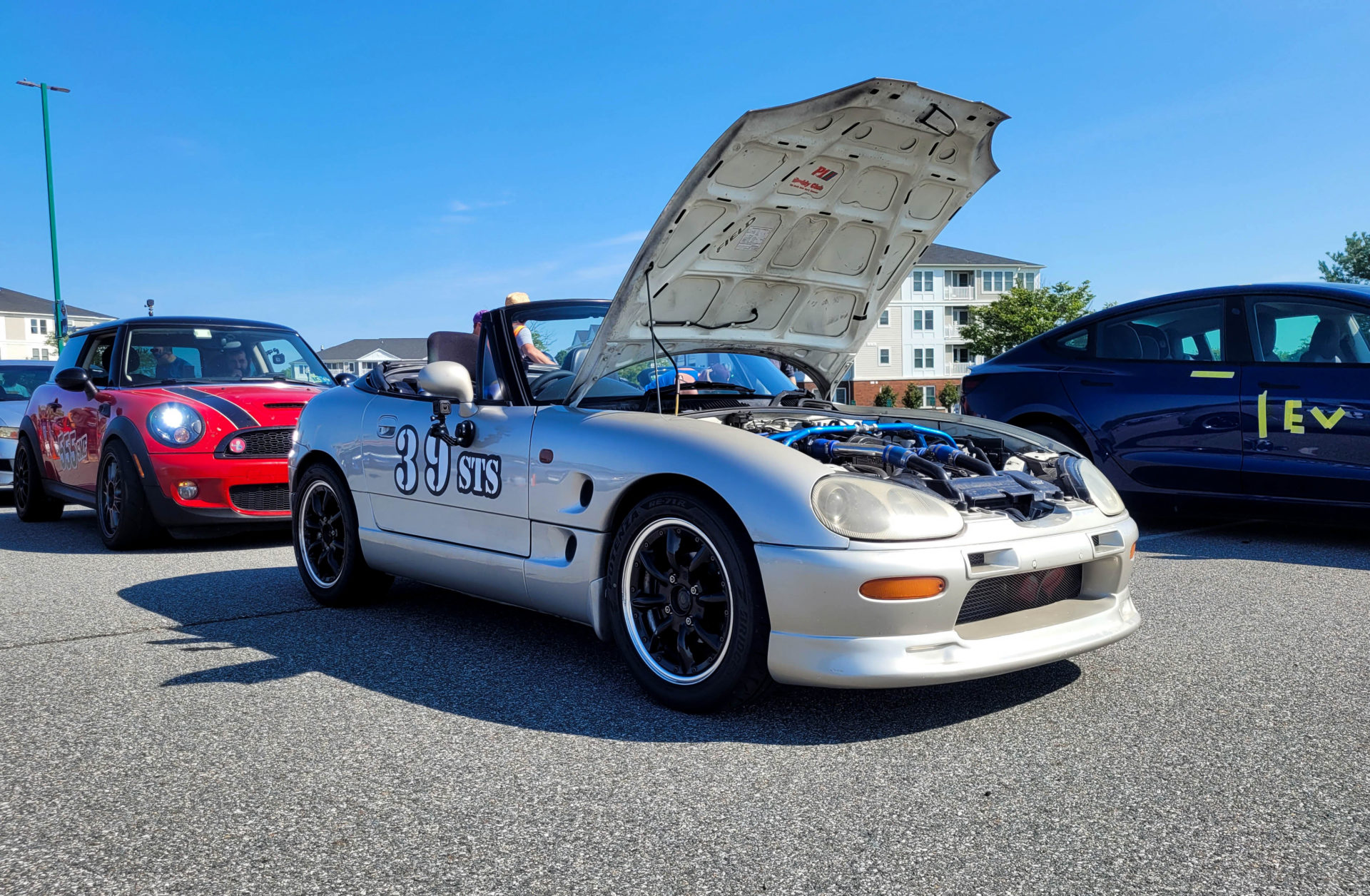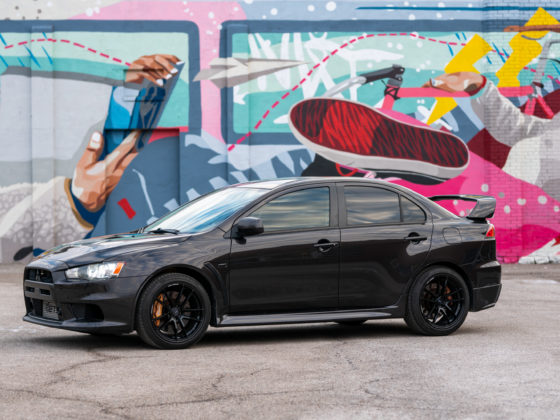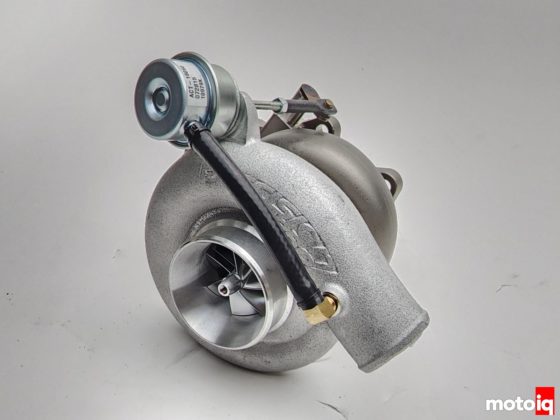


I’ll let you in on a little secret: the primary reason modern PCBs are conformal coated is to prevent dendritic growth between pins on fine pitch components and NOT for weatherproofing. This is a consequence of modern recyclability regulations which prevent the use of leaded solder in automotive electronics. Unleaded solder is mostly made of tin and copper, two metals that are notorious for ionic diffusion, especially in the presence of electrical charge. This creates material growth between two pins, similar to the formations in caves, eventually creating a short circuit condition between adjacent pins. My chemistry is really bad so I am probably explaining this wrong, but suffice it to say, lead free solders require conformal coating to prevent internal short circuits. Lead is not a reactive metal so it does not require such coatings. This is why our 30 year old PCB looks brand new despite being completely exposed to the interior elements of our car.
Conformal coat can be used as a waterproofing agent, but the correct coating has to be used. Most conformal coats are acrylic and therefore brittle when cured. Micro cracks will eventually let moisture in and cause corrosion. Certain components are also thermally incompatible with conformal coatings. Non-acrylic coatings are more expensive and require longer cure times so most OEMs do not use them. Instead they fully seal the ECU case. This also protects the PCB from debris, salt, and other engine bay chemicals.





3 comments
Time for a diff and sticky cheater tires for the cones!
Great writeup! Really looking forward to the Shorai battery details! looks like they have a size perfect for my NA6 Miata
Here’s an old MotoIQ article that discusses the basics of engine management systems:
https://motoiq.com/basic-control-systems/